|
Around when I was perhaps in the third grade, I remember reading in class about the La Brea Tar Pits in Los Angeles. It's where prehistoric animals got trapped, and then other of their fellow creatures would see them struggling and easy prey -- and going in to get them, they in turn would get caught. Only the lucky few got out. The site was discovered in 1901, with excavations beginning in 1913. Though I wasn't big dinosaur fanatic as a kid, I was nonetheless seriously impressed. Even at that age, I thought it was remarkable that one of civilization's great archeological locales was in the middle of the (then) third largest city in the United States. When I came to Los Angeles for graduate school at UCLA, there was a small handful of places I wanted to see. Disneyland, of course was one. A movie studio was another. I think Catalina Island may have been up there. And I really couldn't wait to see the La Brea Tar Pits. Time passes. Several decades, as it happens. And during all that time, I never went to the La Brea Tar Pits. I passed by it a hundred times. I thought about going regularly. It's next door to the Los Angeles County Museum of Art, which I don't love but I'm a member of and go to periodically. But for reasons I can't explain, I'd never gone to the La Brea Tar Pits. Until yesterday! Whatever the reasons I never had gone before, I finally got fed up and set aside a day, bought my ticket online, and went -- finally. O huzzah! Afterwards, I was talking with a friend who had a somewhat similar situation, and he was extremely disappointed by the experience. Coming from New York and having seen the Natural History Museum, he found the museum there almost nothing. I felt differently. I grew up going to the Field Museum of Natural History there, and it's impressive (though a bit dry) in it's own right, but I still was thrilled to be at the La Brea Tar Pits. It's not that it's a great museum -- it's not -- but that's not the point. It's that it's one of the great archeological sites in the world that's located in a major city. And it was a joy being there. Actually, the site is divided into two parts -- the George C. Page Museum, which they charge for, and the Tar Pits area with the excavation areas which is free. The Museum is fairly small and, no, not impressive, but the history of what's their is wonderful, and so is what they display. For instance, I enjoyed stopping by their Fossil Lab where a lot of the research is open to the public, and you get to watch the scientists at work, studying the material unearthed on the grounds. There were some pleasant displays and short movies, though a lot of it seems more focused on kids. (They have a longer 3-D movie, but I passed on that.) However, the reconstruction of prehistoric animals is what stands out. One of the more surprising skeletons is Harlan's Ground Sloth. We think of sloths and small, sort of cuddly creatures. They have have been cuddly, up to a point, but back in prehistoric days, the sloth was anything but small. My favorite was the Columbia Mammoth. The bones are all from fossils discovered on the grounds, though not from the same animals. The tusks however were added separately. I wasn't sure what the difference was between a mammoth and mastadon. It turns out that the latter is small and more compact. Bizarrely, though the Page Museum has its own collection that covers over five million artifacts, some of what was on display there the day that I went was part of a traveling exhibition -- from the Field Museum of Chicago!!! (Not most of what was on display, and not the Columbia Mammoth above.) The outside grounds are really the historic site. There's nothing overly majestic about it -- most of the pits, in fact, have been mostly-covered up over time, though you can still see the a bit of the tar still seeping through, with occasional methane bubbles. (By the way, it's not actually tar. It's asphalt, which is a natural material. Tar has additives, but it's the name that stuck over the decades. Brea means "tar" in Spanish.) New pits crop up all the time, though. One area was such that they had to carve out the "tar" and what was caught in it, and then crated. The crates have been moved to the Project 23 area, which is where the work reclaiming the fossils takes place. Currently, the part of the grounds where most of the active excavating is going on is Pit 91. The bulk of what has been found there is fossils from Sabre-Tooth Cats and what they call ancient horses. As I said, the La Brea Tar Pits (and its adjoining Page Museum) is most definitely not a great exhibition. What it is, however, is a historic part of civilization. And for that reason I had a wonderful time. I wish there was more, but I was not let down after waiting to get there since I was eight years ago -- and driving by it regularly for decades. I have no idea why I waited -- in one regard it's like any sites that are famous in a city, but second nature to those who live in their midst because "they're just there" and a part of your daily life -- but I wanted to go. And continued to want to go. But didn't. Until I did. Finally. And was thoroughly glad for it.
0 Comments
Leave a Reply. |
AuthorRobert J. Elisberg is a political commentator, screenwriter, novelist, tech writer and also some other things that I just tend to keep forgetting. Feedspot Badge of Honor
Archives
June 2024
Categories
All
|
|
© Copyright Robert J. Elisberg 2024
|
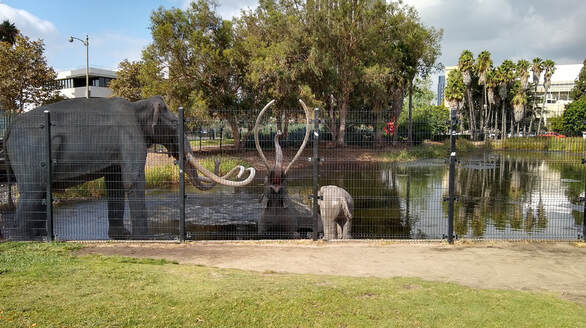
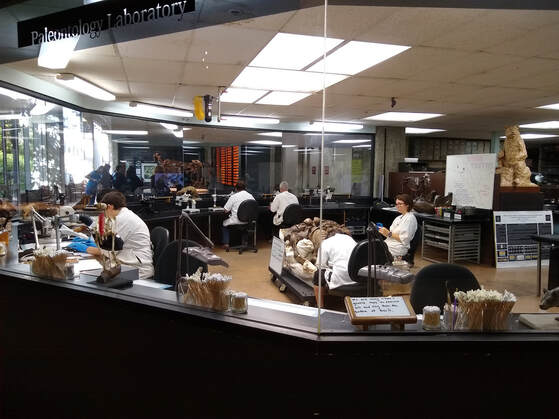
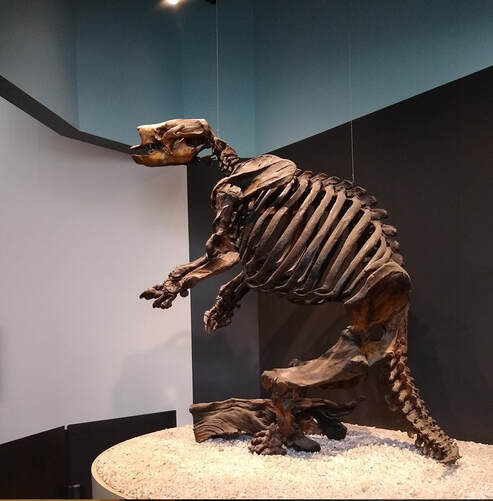
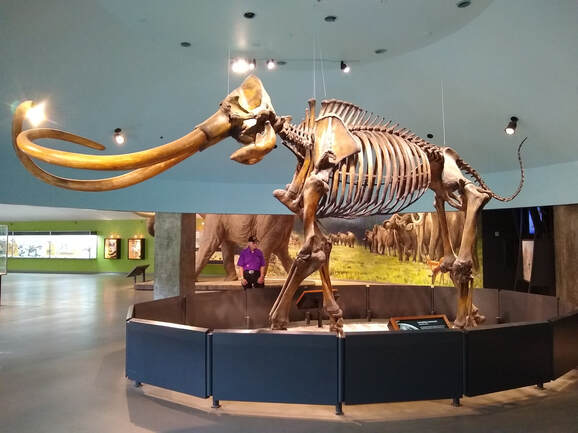
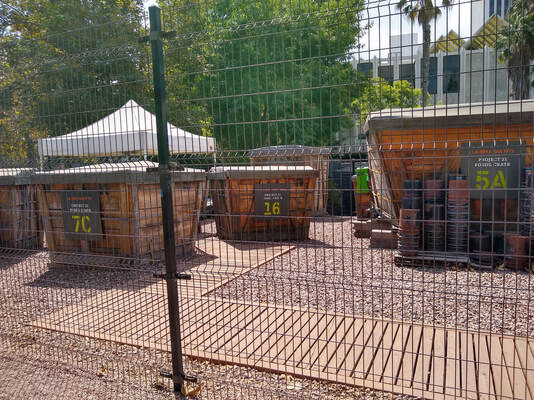
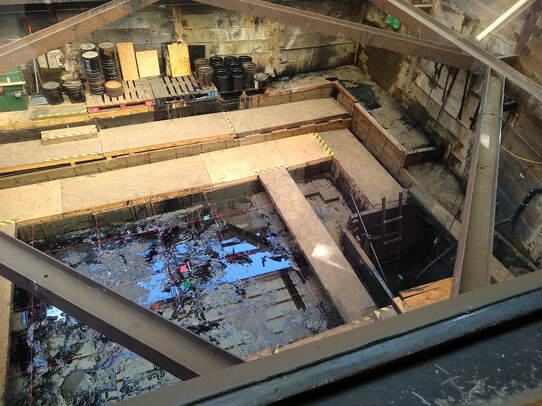






 RSS Feed
RSS Feed